|
by Elisabeth Hauser, Harborview Elementary, Kindergarten Introducing kindergartners to sea week may be one of the best reasons to be a kindergarten teacher. There’s something that amounts to pure joy in uncovering a huge group of sea urchins under a rock, or the slippery curvy movements of a prickle back with children for the first time. Our time at the beach was amazing! We made so many discoveries and were able to use important property words to describe their physical characteristics. We used our observational skills to notice animal movement and interaction with their environment (and ourselves). In coming back into the classroom, I wanted to see what my children had learned and how they could represent this new knowledge to each other. And so I gave them a challenge: We’ve practiced our acting skills throughout the year with guest actors and individual “tableau” to help us represent characters in some of the books we’ve read. We’ve used the phrase “actor’s neutral” to control our bodies before acting. We’re familiar with the concept and role of an audience. So we’ve had some preparation already. For this tableau experience, our goal was three fold:
Before giving children their group assignments or photo, I modeled a performance with a parent helper in the classroom. My emphasis was on teamwork and kindness during practices, as this was certainly a piece I was worried about as a kindergarten teacher. I placed children into small groups of 2 or 3 children with an animal assignment (which included a familiar photo of the tide pool animal), giving groups 10 minutes to practice and rehearse their role. Then, it was time to perform. Each group’s performance began in the “actor’s neutral” stance. This gave them an opportunity to check their bodies and also gave the audience an indication that they were ready to begin (and, truly, we kind of need to have “audience neutral” at times in kindergarten!). Students were in control, had a plan, and really thought through the movement (or lack of movement). What I loved most was the response of the audience. Students were enraptured because the act was also a game for them – their job was to try and guess what the tide pool animal was. I encouraged children from the audience to explain what clues brought them to their conclusion. It demanded that children look for details in the performance – like the squirt from a clam or the small spikes on top of a still sea urchin. OK, fine, I loved a lot about this experience. So I’ll just mention the other really important piece – the children were elated. They loved working with each other! Learning should be a joyous experience, no matter the age (but goodness it is so important for young children). They should be working together, creating together, and learning together. This year of focused arts integration has been such an important reminder to me of what young children are capable of if they are given the right amount of guidance, modeling, and opportunities (for mistakes and successes!). And, that it’s ok for me, as the teacher, to take risks and make few mistakes along the way to find those joyous and meaningful successes.
0 Comments
Leave a Reply. |
ArtStoriesA collection of JSD teachers' arts integration classroom experiences Categories
All
|
|
|
Artful Teaching is a collaborative project of the Juneau School District, University of Alaska Southeast, and the Juneau Arts and Humanities Council.
|
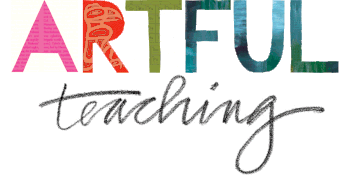
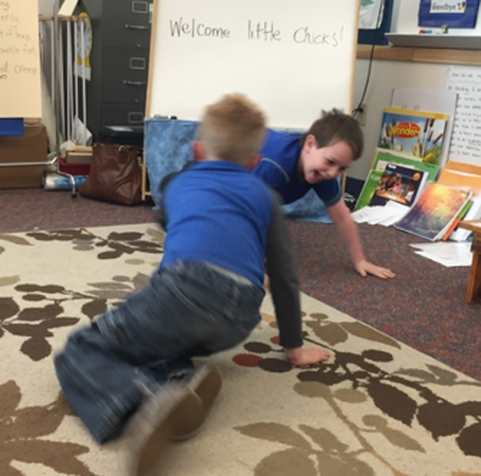
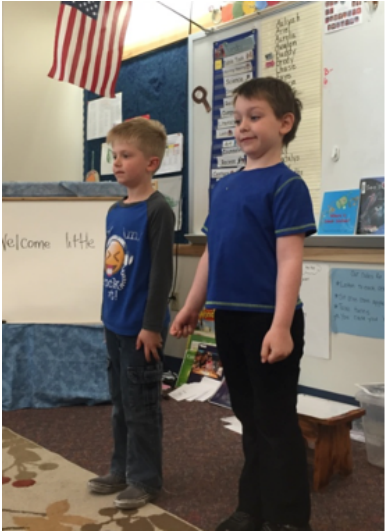
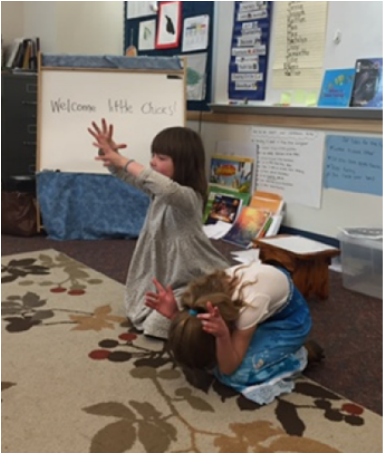
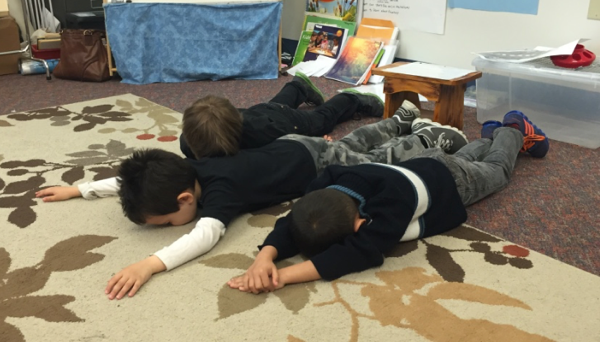
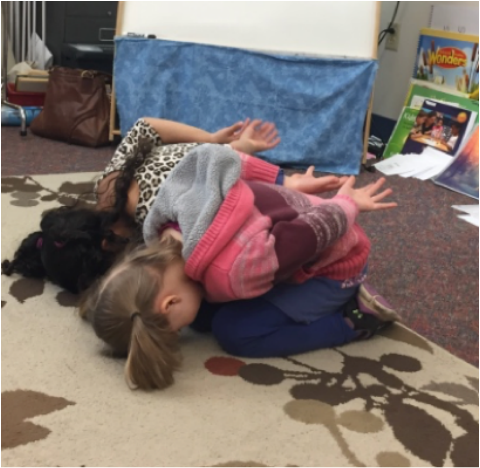
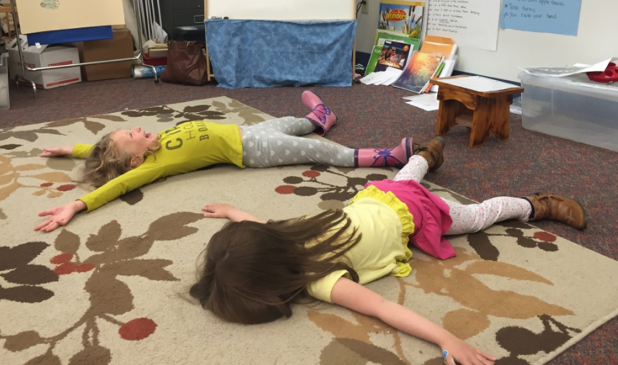
 RSS Feed
RSS Feed